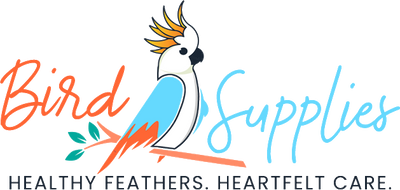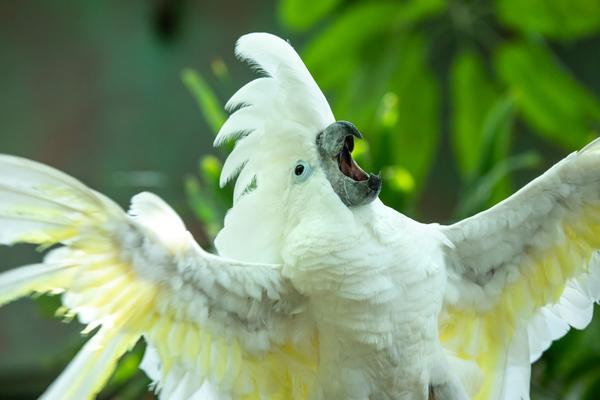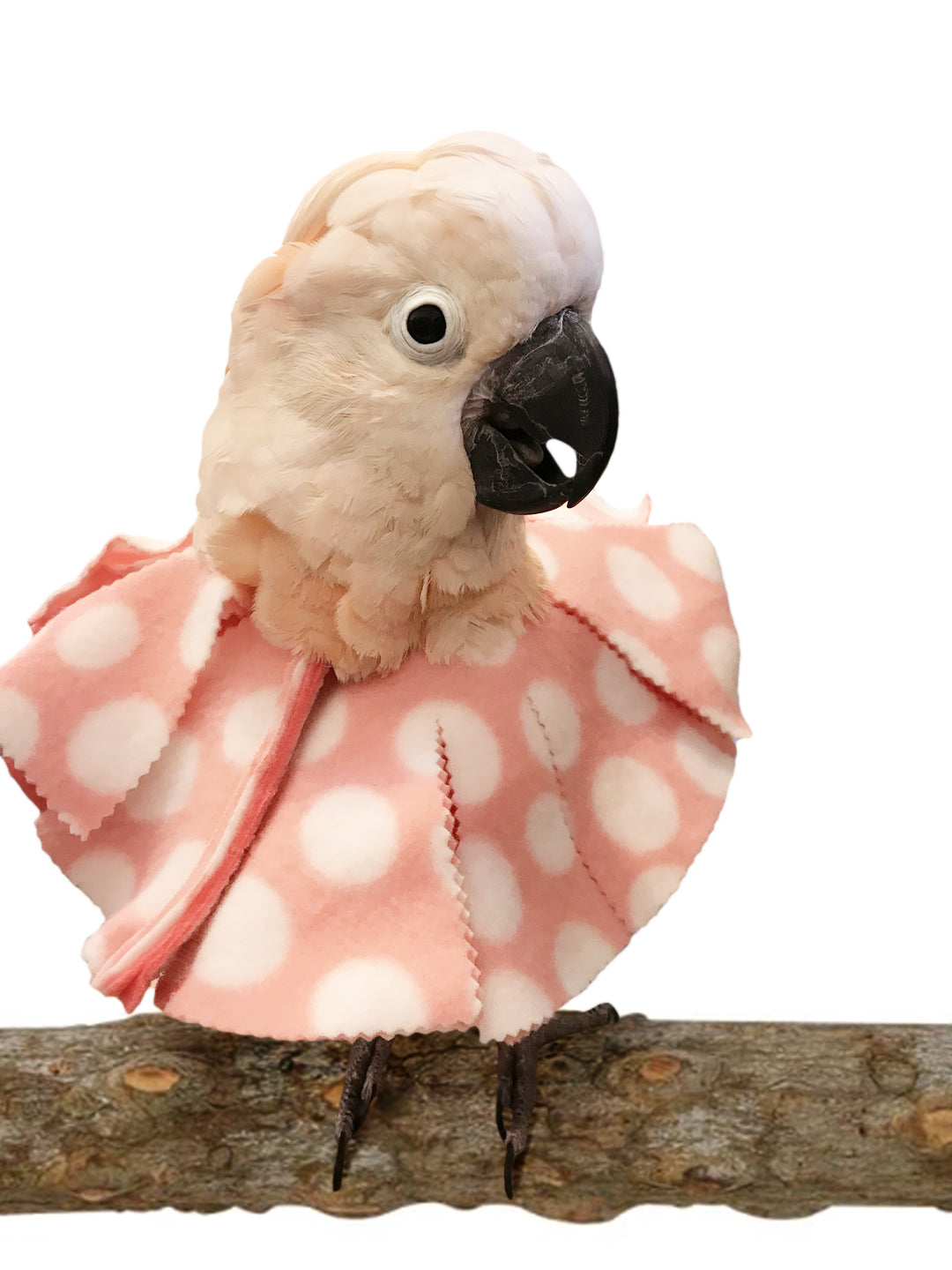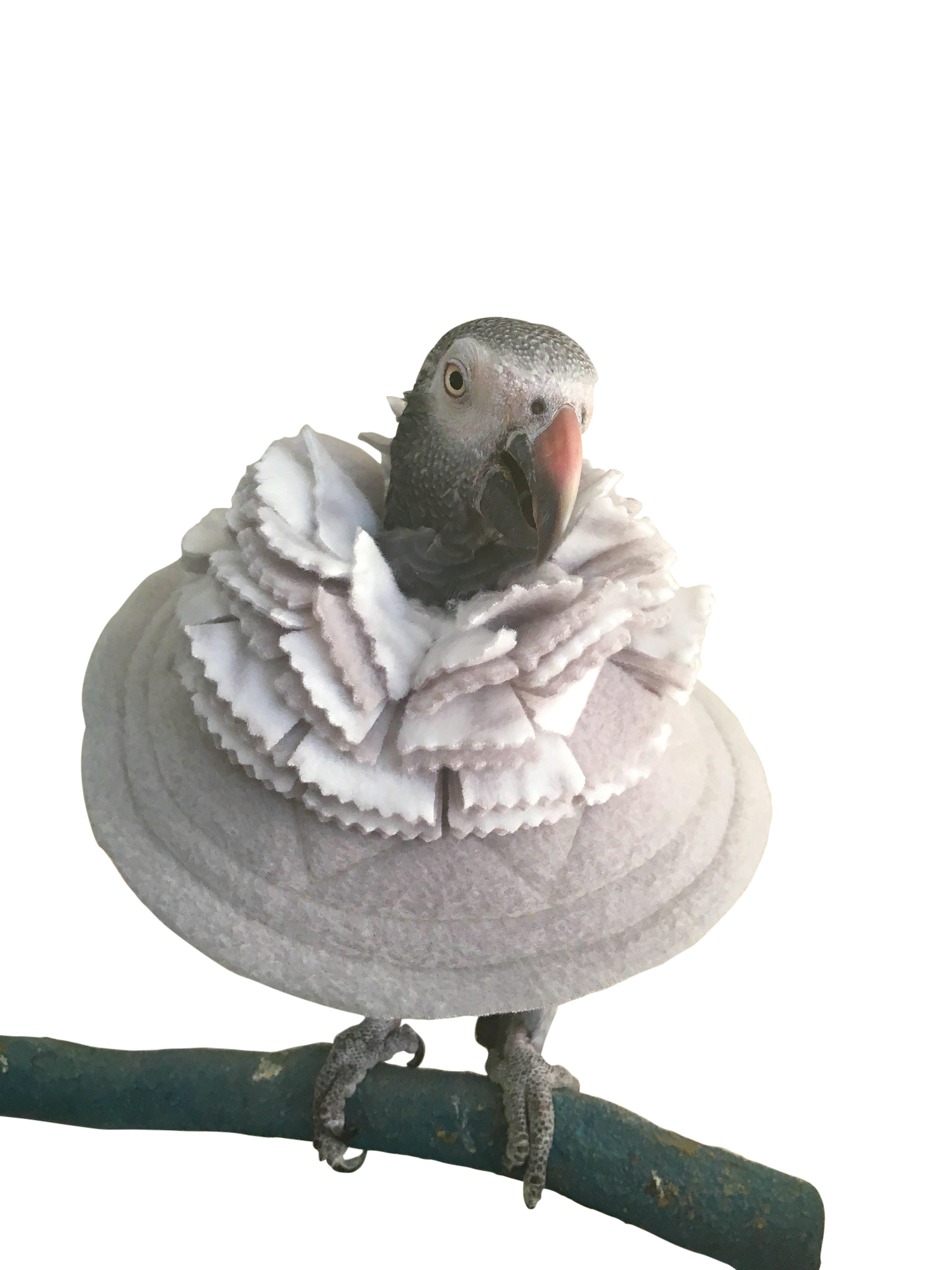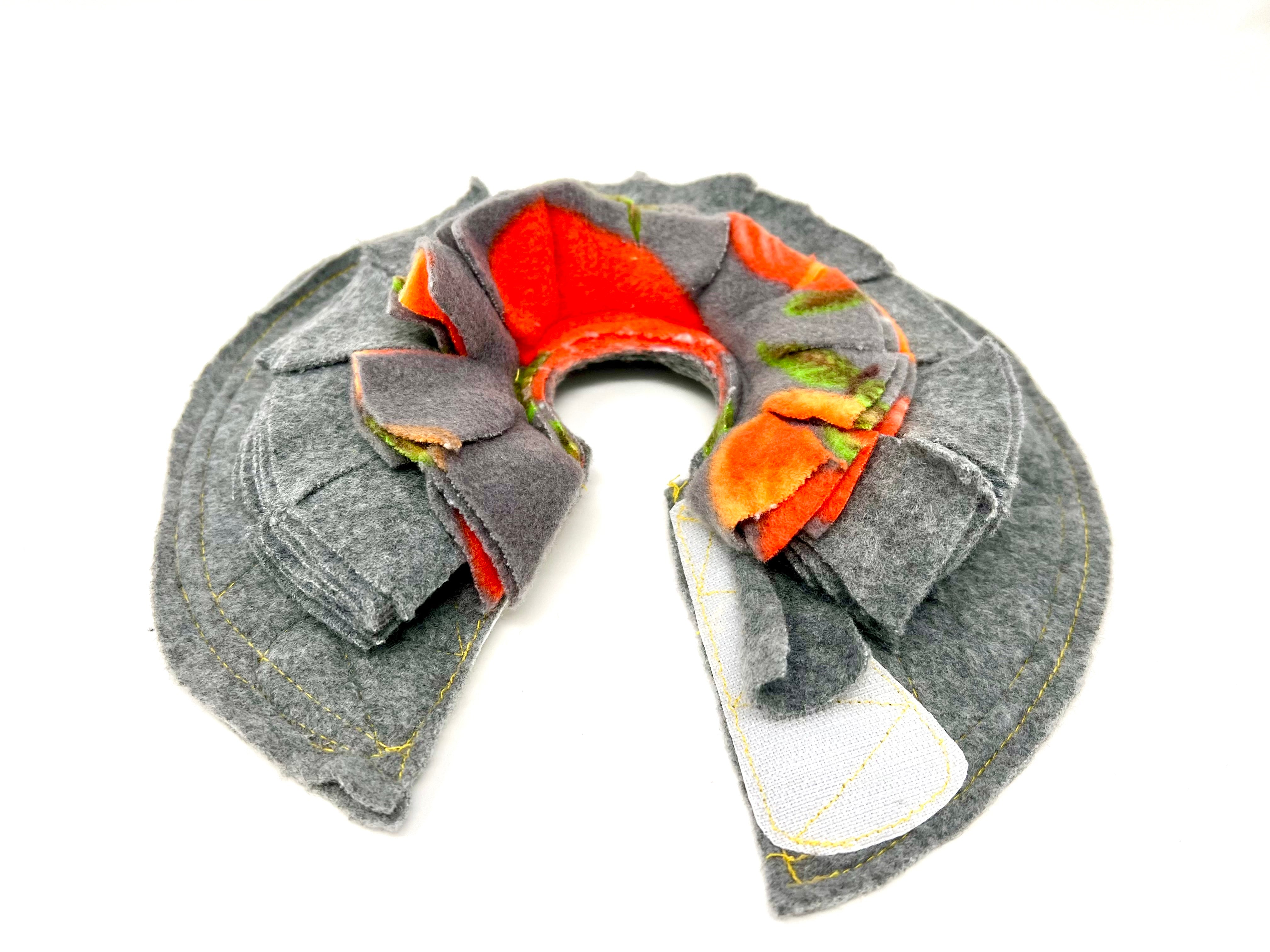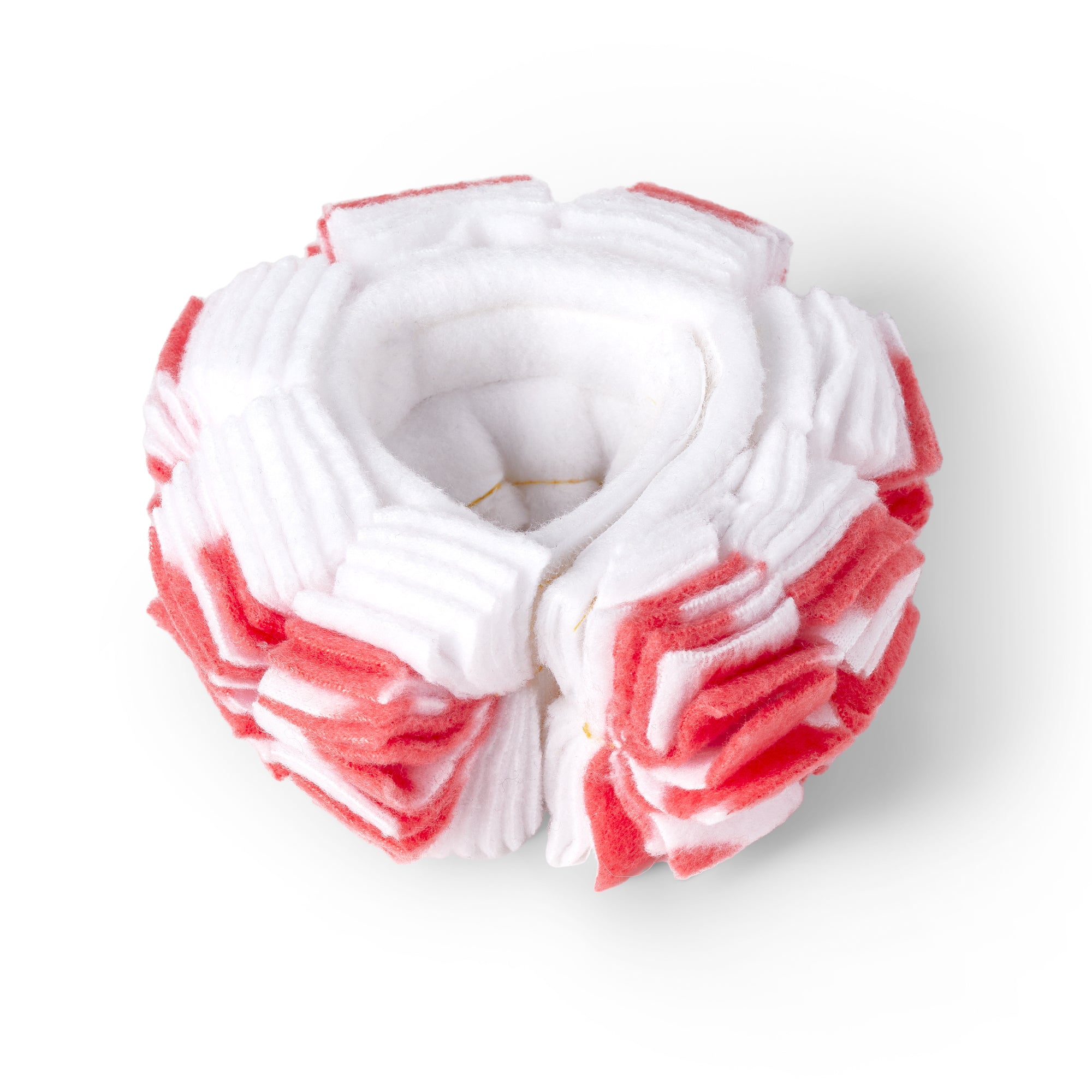Everyone knows how important it is to train their dog. However, did you know that it is something you should look into when you’ve got yourself a new feathered friend?
Birds are highly intelligent and easier to train than you think.
In fact, birds can be trained faster than dogs! In our Basic Bird Training Guide, we will go over some essential behaviors that every owner should teach their bird. After all, a well-behaved bird is calmer and more fun to be around.
Let’s get started, shall we?
Why Would You Use Positive Reinforcement With Birds?
Before we jump into the six bird training behaviors, we wanted to go through two concepts you must know about; positive reinforcement and variable reinforcement schedule.
Positive Reinforcement and Training Your Bird: A Quick Run-Down
So, what exactly is positive reinforcement?
We’ll clear that up for you!
As the Behaviorism school of Psychology gained popularity, scientists wanted to understand how learning takes place. B.F. Skinner conducted his ground-breaking experiments on birds and introduced the concept of positive reinforcement.
We’ve been using this concept in animal training ever since!
A positive reinforcer is something that increases the likelihood of a behavior occurring again.
In simple words, it’s a reward.
A reward can be anything that your bird likes or enjoys. For some, it may be food or exotic treats, while for others, it may be praise. You can read more about it in a previous article we published.
Moving on.
Variable Reinforcement Schedule
One of the biggest mistakes that newbies make is rewarding thor bird every time it does something you want it to!
Why?
Well, there are two main reasons for it:
- Your bird will respond to the only if it knows you’ve got the reward on you--remember, birds are more intelligent than you think. So, it would be more of a bribe situation.
- You may not be able to give your bird a reward every time it follows a command! In fact, you may need to use hundreds of commands on a given day. Rewarding your bird every time isn’t convenient.
Type |
Meaning |
Outcome |
Fixed Ratio |
Reinforcement is given after a fixed number of attempts. | Behavioral attempts slow down after the reward is given and then picks up. |
Variable Ratio |
You vary the number of attempts needed before reinforcing. | This option gets the most engagement. The bird tries hard! |
Fixed Interval |
You reinforce after a fixed level of time. | The bird tries harder as the time deadline gets closer. |
Variable Interval |
You vary the time between reinforcement. | Your bird demonstrates steady attempts. |
So, if I don’t reward my bird, wouldn’t it forget the command?
That’s a great question! Forgetting a command is what we call extinction in Psychology. Skinner studied extinction in detail and how to overcome it.
That’s where the variable ratio schedule comes into play.
Once your bird has learned the behavior, you start getting stingy with the rewards--you only give out rewards after your bird performs the desired behavior on cue at the ratio you’ve fixed.
Simple enough, right?
Let’s now go over some basic bird training commands.
6 Important Things Your Bird Needs To Know
This section of the article will help you learn how to train your bird to perform the following behaviors. Keep in mind that you need to be patient and persistent when training your new bird.
Your bird doesn’t naturally know what you want for it.
So, training is a way in which you’ll be able to tell your bird what you need for it to understand what you mean.
In a way, you’re both learning a new language. That takes time, doesn’t it?
With that in mind, let’s get started!
1. Stepping up & Stepping Down
So, do you want to teach your bird to step up and down your finger? No worries, we’ve got you!
Teaching Your Bird to Step Up
- Use yummy, exotic treats that your bird will love--make sure it doesn’t get it any other way.
- With the irresistible treat in one hand, encourage your bird to take a step towards your “Step up” Every step towards your that finger should be rewarded.
- Your bird now knows that coming close to your finger will earn it a treat.
- When your bird steps on your hand, use the cue “step up” and reward your bird with treats and praise. You’ll have to repeat the cue multiple times so your bird can understand what it means.
- Use the command “Step up” to check if your bird understood what you wanted from it. Reward it if it stepped up. If not, try again!
- Keep in mind; patience is key.
Keep in mind that some birds--like parrots use their beak to secure their way up to your hand. Don’t flinch or pull your finger away! Your bird isn’t out to bite you!
It just wants to maintain balance.
Teaching Your Bird to Step Down
Now that you have successfully taught your bird how to step up on your finger, it’s time to teach it how to step down!
- Make sure that the surface you want your bird to step on is higher than your finger.
- Using a treat, Encourage you to step down from your finger. Give out a reward if your bid makes any movement in the direction of the surface.
- Use the cue “Step down” if your bird steps on the intended surface.
- Keep repeating it until your bird forms an association with the command.
- You’ve successfully trained your bird to step down if it consistently follows the command three times in a row!
It’s time to celebrate! You’ve successfully taught your bird how to step up and down!
Reward yourself with a treat. You deserve it!
2. Staying Put
The stay command is crucial to ensure your feathered friend’s safety. Your bird should stay put when told to do so--not explore your home and leave surprise droppings everywhere!
Of course, there are other things to worry about as well--like open fires and fans.
So, how do you teach your bird to stay put?
- Place your feathered friend on a perch and use the command “” Reward your bird when it stays on the perch for 10-15 seconds.
- Keep rewarding your bird for staying perched for 10-15 seconds until it gets the hang of things. Once your bird has formed the association, increase the reward time by 10 seconds.
- With consistent training, your bird will be able to stay put for longer periods of time.
- If your parrot doesn’t comply, tell it “no” and place it back on the perch. If it’s not ready to listen, it’s time for a time-out. This means no rewards and no attention (positive or negative).
This wasn’t too hard, was it?
3. Coming When Called

Did your bird get away from you?
Teaching your bird to come when it is called will come in handy many times. It helps your bird know that you’re nearby and what to do. All pet owners know how important a recall command is.
- Place your bird on a perch and stand close enough to offer your bird a treat. Your bird will try to stretch to get the treat. Move away from the perch so that your bird has to fly to you and use the command, “”
- Use the clicker or reward your bird immediately with a treat.
- Repeat it again until your bird understands what the command means. Once that’s established, start increasing the distance between you and the bird.
Recall and Latency: Here’s the Deal
Your bird should be coming to you within seconds of hearing the command. If it is taking its sweet time to come to you, you’re teaching and reinforcing latency.
So, what to do?
If your bird doesn’t respond within seconds, leave the room for five minutes, and try again. Your bird will realize that it won’t get a reward if it doesn’t come to you within seconds.
4. Potty Training
Finding fresh bird droppings on your desk, couch, and even bed isn’t fun at all! So, potty training your bird to teach it the right place to eliminate is crucial. We’ll teach you how to do it!
- Try to understand your bird’s body language and look for behavioral cues before your bird relieves itself. Some ruffle their tails a certain way while others walk differently.
- Once you understand your bird’s body language, look at the frequency at which your bird relieves itself.
- Figure out the ideal place for your bird to potty. Here, we’ll use a newspaper as an example.
- Here’s where your research comes in! Use your observational skills and place your bird on the newspaper when its time to go potty. Don’t forget to use the command “Go Potty!” as your bird relieves itself.
- Make sure you place your bird on the paper every time you think it needs to go potty.
- If your bird hasn’t pooped on the paper for 1-2 minutes, let is resume what it was doing and try again after 3-4 minutes.
- Reward your bird if it naturally goes potty in the designated spot.
Keep in mind that accidents are natural. Don’t punish your bird or get angry at it if it misses a spot.
5. How To Forage
Foraging, in simple words, means looking for food. It’s what birds in the wild do with most of their time. It’s an awesome way to stimulate your feathered friend’s brain and encourages exercise.
This also helps reduce feather-plucking behavior and provides mental welfare and stimulation.
- Start using simple foraging toys and move your way up to complex foraging toys once your bird understands what to do.
- Pick your bird’s favorite treat--it could be an exotic seed mix or nuts.
- Let the bird watch you put the treat in its regular food bowl filled with shredded paper or cardboard rolls. Once your bird understands what’s going on, make the puzzle more complex to make it harder for your bird to get the reward.
- You can make DIY toys at home or get sophisticated ones on the market.
- Once your bird understands how the toy works, start putting its regular food in the toy along with the treats.
And, that’s how you do it!
6. Willingly Enter Cage or Carrier
Your bird’s cage and carrier ensure its safety at all times. There are too many things in our homes and cars that can be harmful to our avian friends. But, some birds are divas about going into their cages.
Here’s how to train yours to willingly enter a cage.
- Bring your bird near the cage and lure it in using its favorite treat. As your bird starts going in, use the command “Go in the cage” and reward it the moment it enters the cage.
- Keep repeating until your bird gets the hang of things.
- Once your bird has gotten the hang of things, increase the distance between your bird and the cage, and use the command.
See, training your bird isn’t as hard as you might think!
A Quick Note on Clicker Training
Clicker training helps make reinforcement training more efficient and is great for beginners. No harsh words or punishment is involved, and it’s fun for both you and your feathered friend.
It helps teach your bird what you want it to respond to and helps you train your bird faster.
Would you like to try your hand at clicker training?
The good news is that you can use a clicker to teach your bird all the behaviors we’ve covered above. All you need to do is to replace the reward with click for efficient and quick training.
Of course, you’ll have to charge the clicker first.
Don’t know what that means?
Read our all-in-one guide to clicker training for birds.
Parting Notes: How Do You Train Birds?
Did we help you with basic bird training?
Training your bird isn’t as difficult as you might think. Birds are highly intelligent and pick up on things faster than you’d expect. Keep the following things in mind when training your bird:
- Patience and consistency are equally important when training your bird.
- Make sure the treats and rewards you use are training exclusive. Your bird shouldn’t be getting them any other way.
- Take frequent breaks and make sure a training session isn’t longer than ten minutes.
- Don’t forget to play with your bird and enjoy this time!
